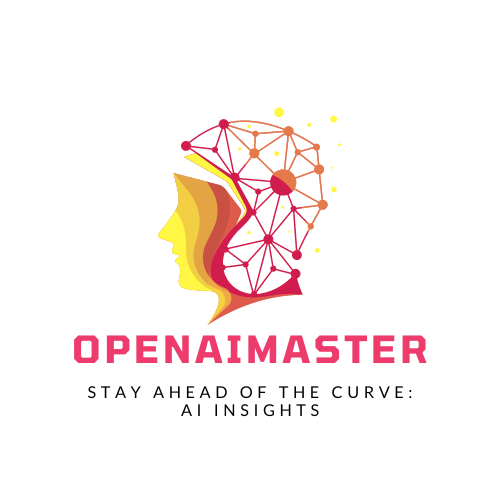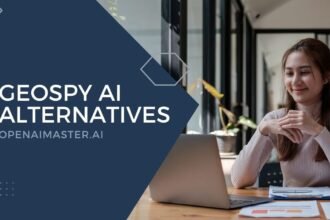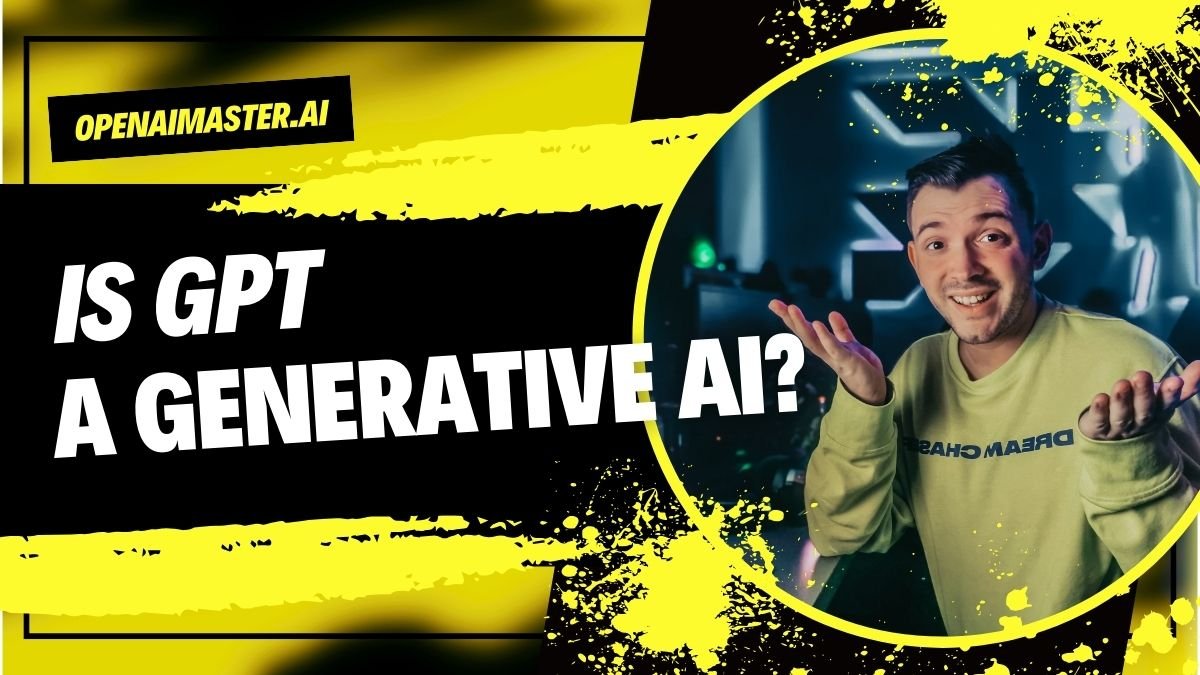Introduction
The Generative Pre-trained Transformer (GPT). Developed by OpenAI, this language model has ignited discussions and sparked curiosity about the nature of generative AI. But what exactly is generative AI, and how does GPT fit into this paradigm? In this article, we’ll delve into the intricacies of GPT, exploring its capabilities, inner workings, and the broader implications of generative AI on the future of human-machine interactions.
Is GPT a Generative AI?
Before we dive into the specifics of GPT, let’s first grasp the concept of generative AI. As the name suggests, generative AI models are designed to create new content, whether it’s text, images, audio, or even synthetic data. Unlike traditional AI models that primarily focus on analyzing and understanding existing data, generative AI models can generate novel outputs based on the patterns and relationships they have learned from training data.
Generative AI encompasses a wide range of techniques, including variational autoencoders (VAEs), generative adversarial networks (GANs), and, of course, transformer-based language models like GPT. These models leverage deep learning algorithms and vast datasets to capture the underlying patterns and structures of the training data, enabling them to generate new content that exhibits similar characteristics to the original data.
The GPT Revolution
GPT, short for Generative Pre-trained Transformer, is a language model that falls squarely within the realm of generative AI. Developed by OpenAI, GPT and its subsequent iterations (GPT-2 and GPT-3) have revolutionized the field of natural language processing (NLP) and text generation.
At its core, GPT is a transformer-based neural network architecture that has been pre-trained on a vast corpus of internet text data. This pre-training allows the model to develop a comprehensive understanding of language patterns, semantics, and context, enabling it to generate human-like text on a remarkable scale.
How GPT Generates Text
The process of text generation by GPT is both fascinating and complex. Here’s a simplified overview of how it works:
- Tokenization: The input text is broken down into tokens, which can be words, subwords, or even characters, depending on the tokenization method used.
- Embedding: Each token is converted into a numerical vector representation, allowing the model to understand the relationships between different tokens.
- Positional Encoding: To maintain the order and context of the tokens, positional encodings are added to the token embeddings.
- Transformer Architecture: The heart of GPT is a stack of transformer decoder blocks, which use self-attention mechanisms to weigh the importance of different tokens when predicting the next token.
- Autoregressive Generation: GPT generates text in an autoregressive manner, predicting one token at a time based on the tokens it has already generated.
- Decoding Strategies: Various decoding strategies, such as greedy decoding, beam search, and sampling methods, are employed to balance quality and diversity in the generated text.
- Fine-Tuning: While GPT models are pre-trained on a vast corpus, they can be fine-tuned on specific datasets to excel at particular tasks, such as translation, summarization, or question-answering.
The remarkable capability of GPT to generate coherent and contextually relevant text has been demonstrated in numerous applications, ranging from creative writing to conversational agents and even code generation.
Ethical Considerations and Challenges
While the advancements in generative AI, particularly GPT, have opened up new possibilities and opportunities, they also raise important ethical considerations and challenges that must be addressed.
One of the primary concerns revolves around the potential misuse of generative AI for malicious purposes, such as generating deepfakes, spreading misinformation, or producing harmful or biased content. Ensuring the responsible development and deployment of these technologies is crucial to mitigating potential risks.
Additionally, the issue of copyright and intellectual property rights poses significant challenges. As generative AI models become more advanced, questions arise regarding ownership and attribution of the generated content.
Furthermore, the transparency and explainability of these models remain a concern. Understanding how GPT and other generative AI models arrive at their outputs is essential for building trust and ensuring their responsible use.
Future Implications and Opportunities
Despite the challenges, the potential of generative AI, particularly GPT and its successors, is vast and exciting. These models have the power to revolutionize various industries and reshape the way we interact with technology.
In the field of education, GPT-like models could be used to create personalized learning materials, adaptive tutoring systems, and even virtual teaching assistants, enhancing the learning experience for students of all ages.
In the creative industries, such as writing, storytelling, and content creation, generative AI could serve as a powerful tool for inspiration, ideation, and even collaboration between humans and machines.
Furthermore, generative AI has the potential to accelerate scientific research by aiding in the generation of hypotheses, experimental designs, and even synthetic data for training other AI models.
As the technology continues to evolve, we can expect to see even more innovative applications of generative AI, pushing the boundaries of what is possible and reshaping our understanding of human-machine interactions.
Conclusion
GPT, the Generative Pre-trained Transformer, is indeed a remarkable example of generative AI. Its ability to generate human-like text has captivated the imagination of researchers, developers, and enthusiasts alike. However, as with any powerful technology, it is essential to navigate the ethical considerations and challenges that accompany its development and deployment.
As we look towards the future, generative AI holds immense potential to revolutionize various industries and reshape the way we interact with technology. From personalized education to creative collaboration, the possibilities are vast and exciting.
Ultimately, the success of generative AI, including GPT, will depend on our ability to harness its power responsibly and ethically, fostering trust and ensuring its benefits are accessible to all. As we continue to explore the depths of this technology, one thing is certain: the future of human-machine interactions is poised for a transformative journey, and GPT is leading the way.




